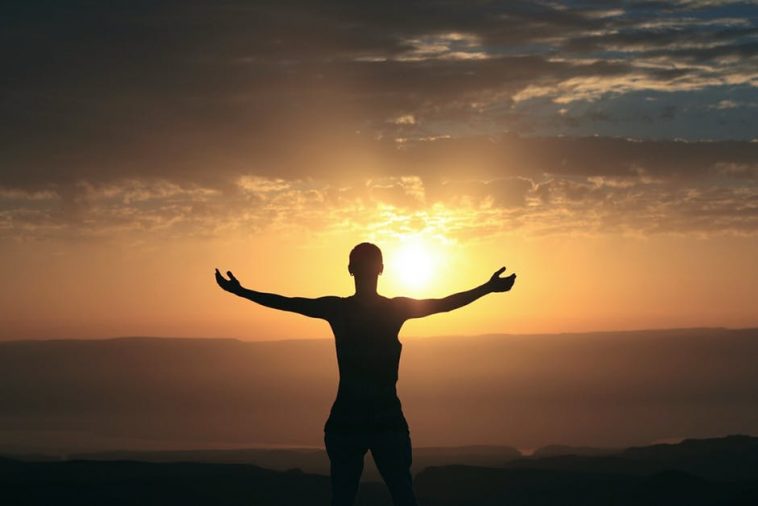Mindfulness is something you naturally possess but it’s something you remain unaware of. It is basically the ability to be fully present in where you are, and what you are doing, and not overly sensitive to what’s going on around you. It is the state of active and open attention to the present. It is about carefully observing your thoughts without judging them for good or bad. Mindfulness helps you to live at the moment rather than dwelling on the past or anticipating the future.
Mindfulness is an innate process; it can be cultivated through certain proven techniques. These are the kind of short relaxing pauses you can add to your everyday life. Mindfulness helps to reduce stress, increase awareness, and enhances the performance of an individual.
Following are a few things to remember about mindfulness:
-
It isn’t unclear or unusual:
Mindfulness is not something new; it’s familiar to us because we already know what we are doing and how we are doing it. It takes various shapes and names and goes by it.
-
It is not a special added thing:
The human mind already has the capacity to be present therefore mindfulness does not require us to change. But these qualities can be incorporated into your life in order to get the benefits. Not only for yourself but can mindfulness be helpful for all the people around you including your family, friends, neighbors, etc.
-
No need to bring a change:
Mindfulness helps you to recognize who you are and helps to improve the best of yourself as a human being.
-
Transformational social phenomenon:
Mindfulness has the ability to become a transformational social phenomenon because anyone can do it, it teaches a way of living, is evidence-based, and sparks innovation.
Meditation is not all in your head:
Meditation is not about what is going on in your head, it is something that begins and ends in your body it is about being aware of your body and knowing where you are and what is going on around you. Just knowing about yourself can be very soothing to your nerves. The human body has internal rhythms that relax when given a chance.
How to sit for meditation:
Meditation is the practice of turning your attention towards a single point of reference. You turn your focus away from the distracting thoughts to be attentive to the present moment. In the beginning stage of meditation, there is a posture practice that can be used to stabilize yourself. it will help you to find a relaxing moment before going back to your usual busy routine. Following are the steps involved
-
Take your seat:
For meditation, you need a spot that gives you a stable, solid seat in which you are not resting or meaning backward.
-
Pay attention to your legs:
You need to be attentive to your legs. If you are sitting on the floor, cross your legs in front of you so that you feel comfortable. Your feet should be touching the floor if you are sitting on a chair.
-
Don’t get stiff in your posture:
Keep your head and shoulders straight on top of your vertebrae but do not stiffen your backbone. The spine has a natural curvature that should not be disturbed while doing meditation.
-
Position of your arms:
You need to keep your upper arms parallel to your upper body and then let your hands drop on top of your legs. When your upper arms will be at your side, your hands will rest in the right place. Don’t hunch by being too far forward or stiff yourself with too far back. You don’t need to be too tight or too loose while tuning your body strings.
-
Position of your chin:
While meditating, it’s not necessary to close your eyes but your need to lower your eyelids. No matter what is in front of you, you don’t need to focus on it.
Do it for a few minutes:
For meditation, you need to take a few minutes to relax. After this, you can get up and start your busy life. But if you are planning to do mindfulness practice, then the next thing is to start paying attention to your breathing and the sensation in your body.
Begin again:
At first, meditation requires you to establish a posture, and follow your breathing as it goes in and out. Certainly, your attention will move toward other things in the surroundings but when you get around to noticing this, return your attention toward your breathing. It’s natural for human thinking to wander around, therefore, do not stress over the contents of your thoughts. Thoughts come and go but meditation teaches you to focus on what you need to focus on while relaxing your mind and soul.
At first, meditation may not seem easy to everyone. But it is a continuous process of learning and going deep. It requires practice which can be done with continuous effort and you will see the results impacting your personal and professional life.




